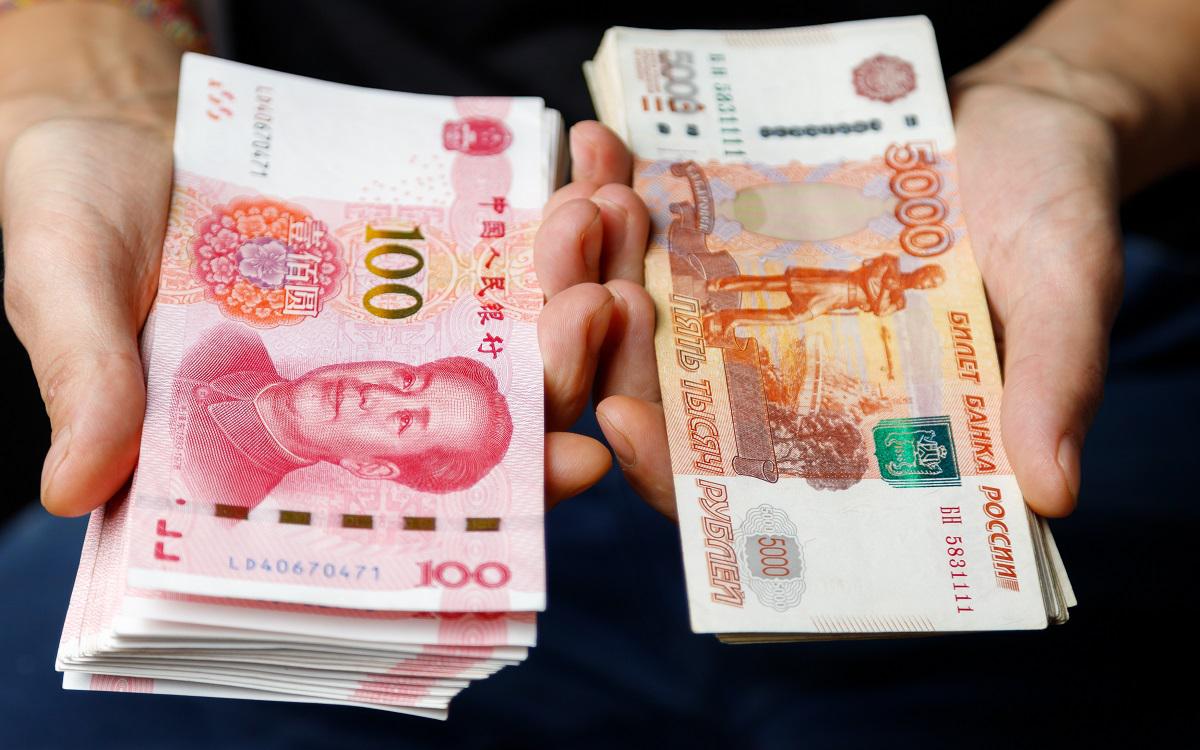“China Track”: a Shadow Financial Artery Between russia and China Beyond SWIFT and Sanctions
4/26/2025

russian banks use a system of netting settlements with China called “China Track”. The aim is to minimize the risk of secondary sanctions and to hide transactions from Western monitoring. The system operates without the use of SWIFT and accounts in Western banks through a network of payment agents in “friendly” jurisdictions, such as Hong Kong, Kyrgyzstan, Kazakhstan, and the UAE.
This allows large russian corporations to service transactions with Chinese counterparties without the risk of blocking. The netting model conceals transactions and lays the foundation for a parallel financial infrastructure beyond the US and the EU control.
The scheme is based on netting (offsetting mutual payments): import and export transactions are aggregated, and the final balance is transferred through selected banks. Payments are made in local currencies (rubles, yuan), which simulates internal settlements and reduces the visibility of transactions. The system is focused on large corporations and covers 11 industrial regions of China – the main exporters to russia: Guangdong, Zhejiang, Fujian, Shandong, Heilongjiang, Jilin, Xinjiang, Shaanxi, Sichuan, Anhui, Hebei.
The service fee is 1 % for imports and 0.5 % for exports, which is lower than traditional channels (2-4 % in 2025 and 12 % in 2024). The scheme’s disadvantages include complicated transaction authorization and difficulties with VAT refunds in China.
The “China Track” system is de facto a parallel payment circuit that is removed from under Western regulators’ direct control. This weakens the impact of Western financial sanctions and allows russia to continue to develop trade with China in various spheres.
